A revision of the conservation status, population trends of the main fish species of commercial interest is urgent
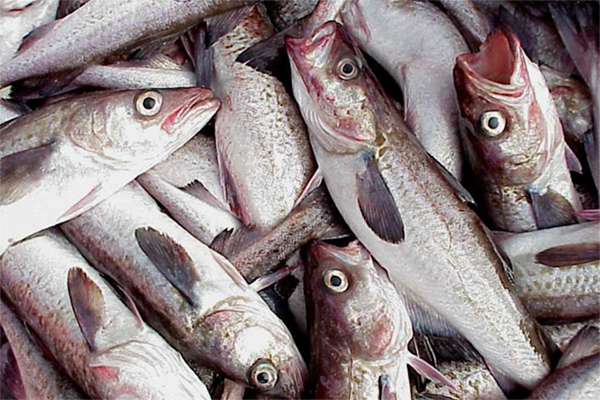
Marine fisheries are the main contributors of seafood (referred to as finfish and marine invertebrates) for human consumption), with almost six billion tons of fish and invertebrates taken from the oceans since the 1950s, contributing to 17 percent of global human protein intake and sustaining millions of jobs. In this context, their importance is closely linked to their long-term sustainability.
Unfortunately, overfishing is yet one of the main threats to marine biodiversity and increasing human pressures in response to rising demands for food have led to marine fish population declines over the last decades. Historically, humanity has failed in preventing fish-population collapses and has not taken conservation biology of marine fishes seriously enough, resulting in declines in species diversity and abundance.
Stock assessments, such as the RAM Legacy database, provide biomass estimates and management reference points for exploited aquatic populations by combining catch data with indices of stock status. However, they are usually only available for industrially exploited fisheries, leaving aside species captured in recreational or artisanal fisheries, which account for an important part of fishing effort.
From a biodiversity conservation point of view, the International Union for Conservation of Nature (IUCN) is the institution responsible for assessing the global conservation status of plants and animals through their periodically reviewed Red List of Threatened Species. The IUCN Red List is recognized as the most authoritative institution in addressing species conservation status, but also valuable for informing natural resource policy and management. Despite this, the status of only a small fraction of marine animal species has been evaluated by the IUCN Red List.
FishBase – the most comprehensive database compiling fish species information – has more than 40 percent of “commercial” and “highly commercial” species unassessed in the IUCN Red List. Conservationists and fisheries scientists generally agree on the statuses of exploited marine fishes but maintaining complete and up-to-date assessments (both in IUCN Red List and stock-management agencies) is essential to appropriately manage responses for species and populations of mutual concern.
Considering the existing level of overfishing in marine commercial species, together with its direct extinction risk, and the indirect impacts in communities, monitoring of the conservation status of top-fished marine commercial species is a priority. To identify the gaps in the conservation status knowledge of these species, we compared the information contained about the Food and Agriculture Organization of the United Nations’ (FAO) top-fished fishes in the IUCN Red List, FishBase and RAM Legacy databases. We hypothesized that species of higher fishing importance would be better assessed in IUCN Red List than those of general fishing importance. Furthermore, for the subset of top-fished species, we hypothesized that more-threatened species in the IUCN Red List would have been more effectively managed in recent decades.
This article – adapted and summarized from the original publication (Miqueleiz, I. et al. Conservation-Status Gaps for Marine Top-Fished Commercial Species. Fishes 2022, 7(1), 2) – presents the results of a study to understand how top-fished marine commercial species are categorized in the IUCN Red List and evaluate the degree of knowledge we have on their conservation status.
Study setup
We explored several databases comprising information about fisheries trends, species conservation status, and other traits. We first identified the top-fished species globally from FAO statistics. Then, we collected information on IUCN Red List status for these highly fished species (with assessments between 1996 and 2021) and from FishBase about their commercial importance and vulnerability to fishing pressure. Finally, we explored the stock-assessment data available for these species in the RAM Legacy database. For detailed information, refer to the original publication.
Results and discussion
Of the 70 top-fished species, twenty (28.6 percent) were not assessed by the IUCN Red List, including two of the ten most fished species (Alaska pollock, Gadus chalcogrammus; and blue whiting, Micromesistius poutassou). We compared the IUCN Red List assessment rates and Vulnerability Index values of top-fished species with the larger commercial species groups (commercial and highly commercial species). IUCN Red List assessment rates are higher in top-fished species than in commercial categories (Table 1). Vulnerability Index values were not significantly different among top-fished species and those considered to have a commercial or highly commercial interest according to FishBase’s classification. Nevertheless, Vulnerability Index values for top-fished species tended to be lower than in the other categories (Table 1).
Miranda, IUCN Red List, Table 1
| Category | Top-Fished Species | Commercial Species | Highly Commercial Species |
|---|
Category | Top-Fished Species | Commercial Species | Highly Commercial Species |
|---|---|---|---|
| IUCN Red List-assessed species | 50 (71.4%) | 1217 (59.2%) | 126 (56%) |
| Unassessed species | 20 (28.6%) | 839 (40.8%) | 99 (44%) |
| Vulnerability Index (Median, Q1, and Q3) | 34.47 (24.7–50.67) | 40 (30–56) | 55.5 (33.3–63.75) |
IUCN Red List assessment dates ranged between 1996 and 2021, with twenty species (40 percent of assessed species) assessed in 2011 and previous years, and thus having outdated assessments. Within the assessed species, we also found cases of deficient evaluation, with six classified as Data Deficient (DD), five fish and one cephalopod (Table 2). We also found two species with old assessments (Atlantic cod, Gadus morhua; and haddock, Melanogrammus aeglefinus, dating from 1996) that do not have complete information. Most assessed species, 33 out of 50 (66.6 percent), were under fishing pressure. Almost all assessed species (48 out of 50) had information on population trends, but many of them (23, 48 percent) had unknown trends. Most IUCN Red List-assessed species have only been assessed once (38 out of 50), while multiple assessments have been conducted twice for nine species and three times for three species, all of them from the tuna genus Thunnus.
Miranda, IUCN Red List, Table 2
| Category | DD | LC | NT | VU | NE |
|---|
Category | DD | LC | NT | VU | NE |
|---|---|---|---|---|---|
| Top-fished species | 6 (-8.6%) | 37 (-48.6%) | 4 (-7.1%) | 3 (-5.7%) | 20 (-30.0%) |
| IUCN Red List fishing pressure threat | 4 (-66.7%) | 31 (-83.8%) | 4 (-100%) | 1 (-33.3%) | --- |
| Vulnerability index (VI) median (Q1, Q3) | 47.9 (21.5–69.7) | 36 (20.2–51.6) | 37.1 (30–68.5) | 45.5 (37.5–57.9) | 41.4 (25.5–49.6) |
We examined the catches/MSY (maximum sustainable yield, the theoretically largest yield or catch that can be harvested from a species’ stock) ratio trend in NT and VU species and observed that one species, haddock, had increased this ratio since 2013 and currently was over 1 (Fig. 1). The remaining species have stocks managed more sustainably, according to the RAM database.
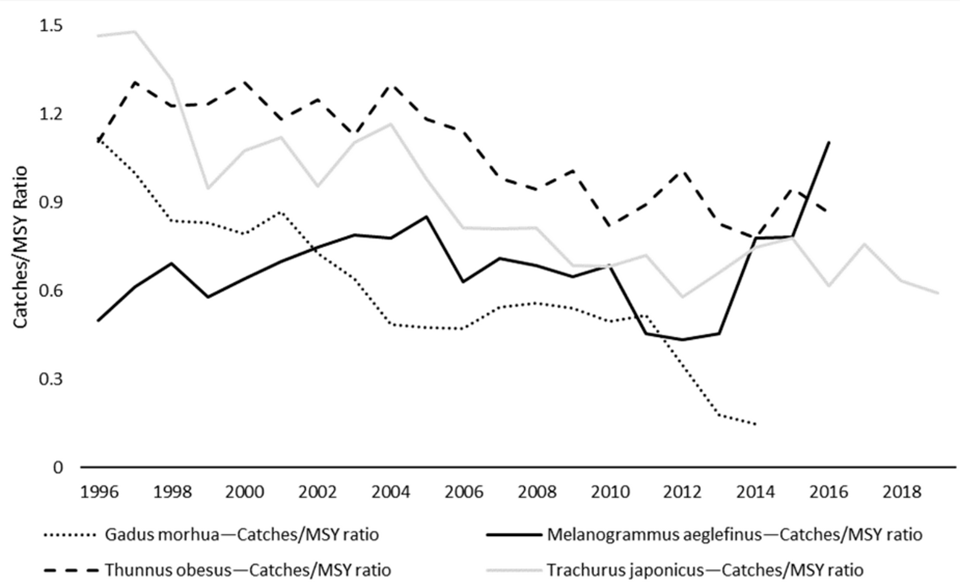
The revision of the conservation status and population trends of the main fish species of commercial interest is urgent and mandatory. Solutions for restoring marine ecosystems and the fish species that live in them are still under debate, but scholars and international organizations agree that sustainable management is becoming more and more urgent in several fish stocks.
Since fishes represent most of the top-fished species, and some values such as the FishBase Vulnerability Index or commercial category were only available for them, we have focused the discussion on this taxonomic group. However, we acknowledge that many of the problems detected for fishes can be present in other groups. For instance, cephalopods have increased in commercial importance in the last decades and yet face several threats from unregulated fisheries, bycatch and poor life-history knowledge.
We found progress in the higher assessment rates for top-fished species, as they were significantly better assessed compared with the commercial or highly commercial counterparts (Table 2), acknowledging recent IUCN Red List efforts in evaluating some commercially exploited groups. We have also demonstrated that the categorization of a species under fishing threat, or a declining population trend, is not related to a higher Vulnerability Index. We consider that the Vulnerability Index may not be accurately measuring the extinction risk of a species, as fishing pressure is not only driven by biological traits and other factors are present too. We consider that the IUCN Red List categorization provides us with more accurate information about species extinction risk.
Among assessed species, Atlantic cod and haddock have extremely outdated IUCN Red List assessments, classified as Vulnerable in 1996 (25 years ago). After the stocks’ collapse in the late 1980s and early 1990s, some studies have stated that some cod stocks have not yet recovered from the collapse in the northwest Atlantic, whereas IUCN Red List European assessment classifies Atlantic cod as LC, with increasing populations in some stocks. In such cases, we acknowledge the big difference between assessing a whole species, as IUCN Red List does, and quantitative stock or population assessments, but we support the labor of regional IUCN Red List assessments integrating stocks statistics into this conservation tool, promoting both stock management and species conservation.
Apart from these two species assessed in 1996, the remaining assessments dated from 2007 and onwards. IUCN Red List estimates assessments to be outdated after 10 years, so priority reassessments should be conducted for 40 percent of the top-fished species (most of them classified as LC or DD). The uncertainty associated with data deficiency affects extinction-risk patterns and should be solved through a reassessment of DD species. The opposite situation is found in three tuna species (Thunnus albacares, T. obesus, and T. alalunga) which have been assessed three times, with the last assessment in 2021. This is the result of the work carried by the IUCN Tuna and Billfishes Specialist, highlighting the importance of having organized resources to ensure high-quality and updated assessments.
Previous studies have stated the importance of analyzing together IUCN Red List assessments with stock assessments, such as the RAM Legacy Stock Assessment Database, resulting in high agreement in the conservation status of exploited marine fishes. When combining RAM database data with IUCN Red List evaluations, we observed a general improvement in the stock for all the categories in recent decades, having reached catches/MSY ratio values under 1 in the 2010s.
Climate change and global warming affect fish populations’ viability and compromise the subsistence of human communities linked to them. Moreover, the growing proportions of unidentified catches in key regions such as Asia calls for better fisheries monitoring and management. In the context of a global threat to marine species, where human and climate pressures combine to jeopardize them, we consider that the voice of conservation initiatives, such as the IUCN Red List, should be extensively heeded by fishing authorities.
Governments, conservation agencies, and fishing authorities must work together to achieve useful conservation objectives and policies. The latest SOFIA report from FAO states that collaboration efforts between the FAO, CITES and IUCN are taking place, but unless urgent measures are taken, the overexploitation of our seas can lead again to stock depletion and compromise not only species conservation but also food security and the way of life in many regions.
Perspectives
Our study demonstrates how the knowledge of the conservation status of marine top-fished species is far from adequate. FishBase Vulnerability Index has proved to be a poor proxy for predicting species extinction risk. Several species have never been assessed by the IUCN Red List (28.6 percent of top-fished species) or have outdated assessments that should be redone promptly (40 percent of the assessed ones).
To this end, IUCN Red List evaluations can benefit from data stock assessments’ data like the RAM Legacy database, especially in some cases with deficient evaluations and increasing fishing pressure as the haddock. In the context of increasing food demand by the human population, fisheries sustainability is essential to ensure both human food security and species conservation.
Now that you've reached the end of the article ...
… please consider supporting GSA’s mission to advance responsible seafood practices through education, advocacy and third-party assurances. The Advocate aims to document the evolution of responsible seafood practices and share the expansive knowledge of our vast network of contributors.
By becoming a Global Seafood Alliance member, you’re ensuring that all of the pre-competitive work we do through member benefits, resources and events can continue. Individual membership costs just $50 a year.
Not a GSA member? Join us.
Authors
-
Imanol Miqueleiz, Ph.D.
Biodiversity Data Analytics and Environmental Quality Group, Department of Environmental Biology, School of Sciences, University of Navarra, 31008 Pamplona, Spain
-
Rafael Miranda, Ph.D.
Corresponding author
Biodiversity Data Analytics and Environmental Quality Group, Department of Environmental Biology, School of Sciences, University of Navarra, 31008 Pamplona, Spain -
Arturo Hugo Ariño, Ph.D.
Biodiversity Data Analytics and Environmental Quality Group, Department of Environmental Biology, School of Sciences, University of Navarra, 31008 Pamplona, Spain
-
Elena Ojea, Ph.D.
Future Oceans Lab, CIM—UVigo, Campus Lagoas—Marcosende, Universidade de Vigo, 36310 Vigo, Spain
Related Posts
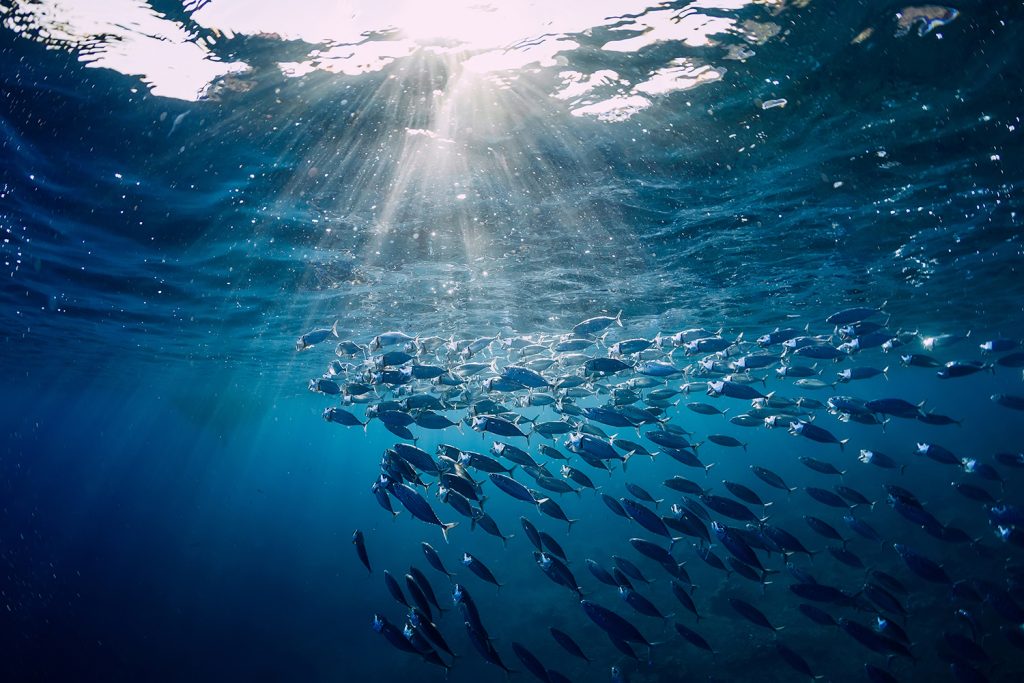
Fisheries
Fisheries in Focus: Tunas and billfishes are improving on the IUCN Red List – and it’s thanks to effective fisheries management
Sustainable Fisheries UW offers a rundown of the IUCN Red List and how tunas and billfishes benefit from strong fisheries management.
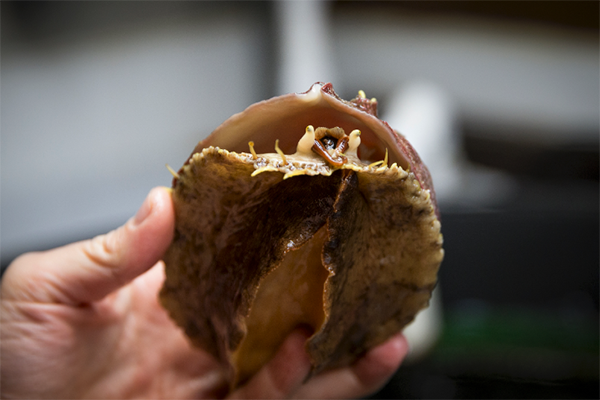
Responsibility
U.S. West Coast abalones listed at risk of extinction on the IUCN Red List
All West Coast abalones are now listed as at risk for extinction on the IUCN Red List of Threatened Species.
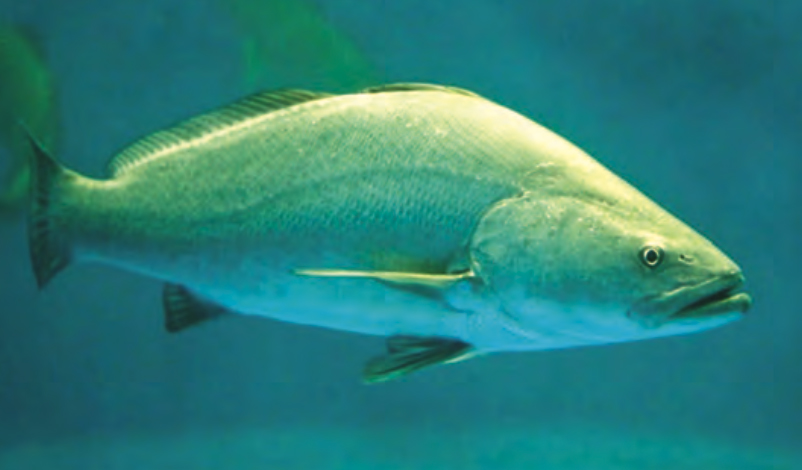
Responsibility
Aquaculture gives endangered totoaba a fighting chance
The tenuous fate of a pint-sized porpoise, the critically endangered vaquita, is linked to a fish targeted by poachers fueling China’s appetite for maws. The vaquita remains in peril, but aquaculture presents some hope for the totoaba.
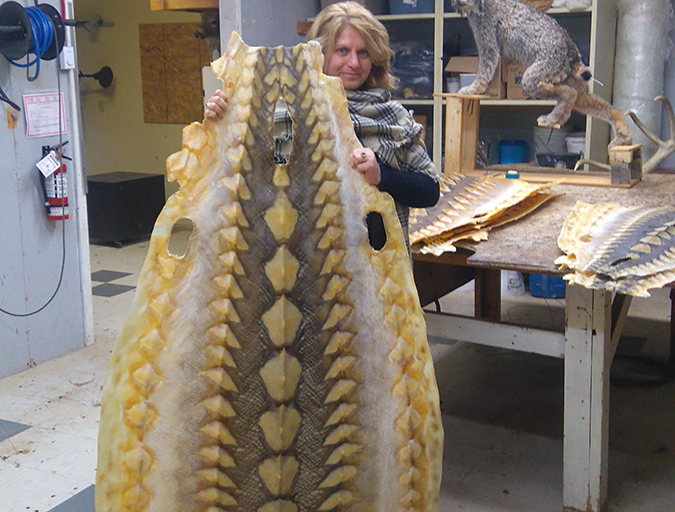
Intelligence
As sturgeon farming grows, demand concerns emerge
Caviar, or lightly salted sturgeon roe, has been enjoyed for centuries as an expensive gourmet delicacy. After a drastic decline in wild sturgeon stocks, aquaculture stepped in to fill the void. But can farmed supply find lasting balance with market demand?



